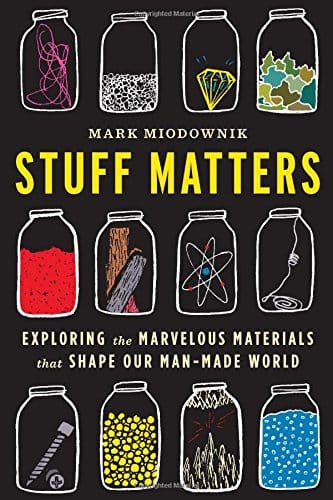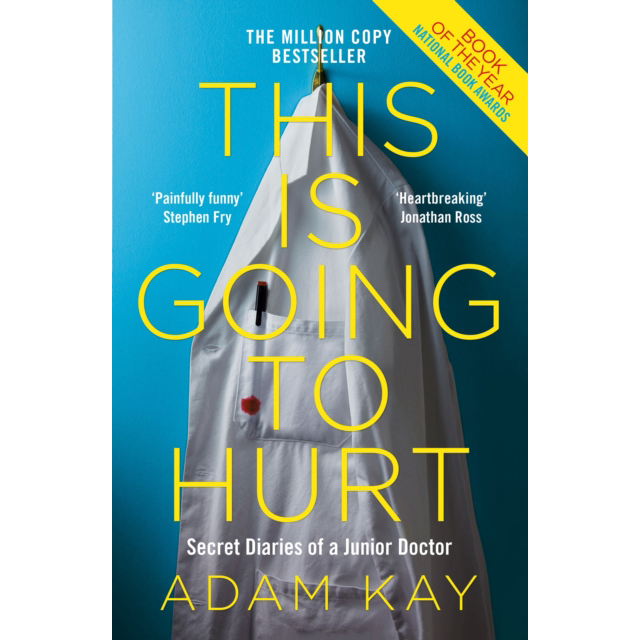Stuff Matters (Exploring the Marvelous Materials that Shape Our Man-Made World)
As accessible as it gets, combining thorough scientific explanations with a knack for storytelling

If you’re a fellow Materials student, you probably aren’t a stranger to the title Stuff Matters, by Mark Miodownik. Glossing over the fact that this is a title that resides on the Materials undergraduate recommended reading list, this is a book you can actually get stuck into. Occasionally literally, as one of the chapters – titled Delicious – details the chemical composition and structure of chocolate and sugar!
In any case, Stuff Matters doesn’t just cater to materials scientists; it’s a layperson’s guide to ten everyday materials, their molecular structure, and why it makes them behave the way they do. These ten materials are derived from a simple photograph of Miodownik sitting on his roof. From this photo he draws an ordinary example of each material, such as a pencil to represent graphite, or a garden table for steel, thus proving their normality.
Miodownik writes in a conversational tone, describing relatable instances in which the reader would interact with the material at hand, an example being the versatility of paper, with its applications in communication, decoration, education, and more. He also discusses fascinating functions you might not encounter, such as the use of silica aerogel in space exploration; for catching dust particles (or space dust) from meteorites. Miodownik continually links this information back to the concept of choosing materials with the optimum production capabilities and for the best user experience for a given product.
Each of the ten chapters is labelled with an appropriate adjective (e.g., Fundamental for concrete, Invisible for glass) and describes the properties and applications of the substance. The text itself is split into lovely bite-sized paragraphs, and is peppered with black and white images, diagrams, and even a section of screenplay, giving the book a slightly whimsical feel.
As non-fiction books go, this one is as accessible as it gets, combining thorough scientific explanations with a knack for storytelling, all complemented with creative illustrative features. This is a great read for anyone who wants to expand their knowledge of the materials that are used to construct the world around us.










